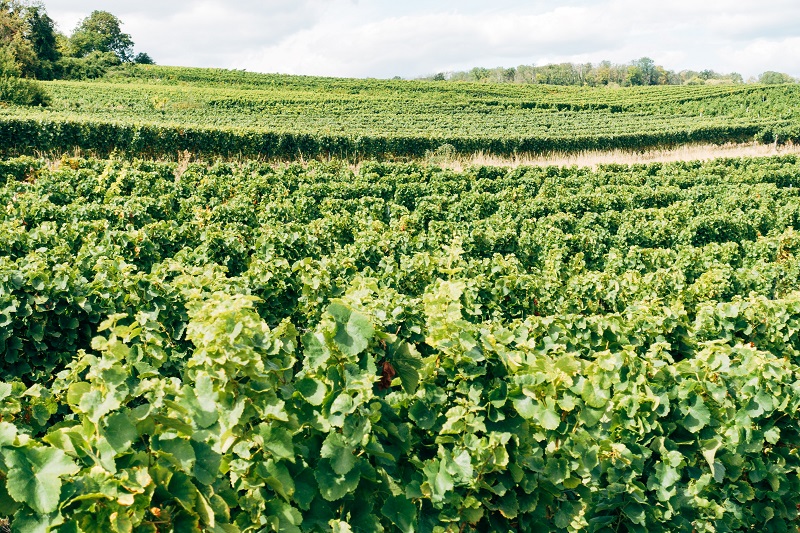Genetics and Phenomics Combo Could Be Key for Powdery Mildew Solution
Powdery mildew is a formidable foe for strawberry growers worldwide. Control of the disease in crops can be cumbersome. New research published by University of Florida scientists shows that combining genomic data with phenomics could be the key to effectively battling this plant pathogen.
Phenomics is defined as the study of plant growth, performance, and composition. Scientists use DNA to measure plant traits via phenomics.
Prior research already showed this method detects diseases in other crops, according to Vance Whitaker, UF/IFAS Associate Professor and contributor to the study.
“We already have a lot of technology that helps us understand the genes in strawberries, but those genes still need to be connected to their actual effect on the plant – in this case how the plant resists powdery mildew disease,” Whitaker says. “That’s why we combined genomics and phenomics. Any technology that reduces the cost or increases the speed of evaluating any trait – like disease resistance – in our breeding trials can help us out.”
To reach their findings, Whitaker and his colleagues said they conducted a field trial of strawberry plants. They took DNA from each strawberry and looked at its genes.
Then they rated the disease using two methods:
- Visual scale. The plants were evaluated the traditional way by eye, recording the severity of the disease, rated on a scale of 0 to 6 for each plant.
- A handheld sensor. Whitaker and his colleagues used the device to detect wavelengths of light that you can’t see with your eyes. The wavelengths gave researchers data about the health and disease status of strawberry plants.
“We showed that by combining the DNA information (genomics) and the spectroscopy information (phenomics), we can predict the visual rating of disease resistance surprisingly well,” Whitaker adds. “In the future, we can eliminate the work of the visual rating.”
Statistics show that nationwide, strawberries are valued at about $2.2 billion. In Florida alone, farmers grow strawberries on about 11,000 acres, and the fruit carries a $300 million-a-year economic impact on the state.









